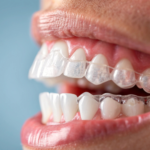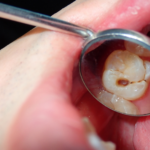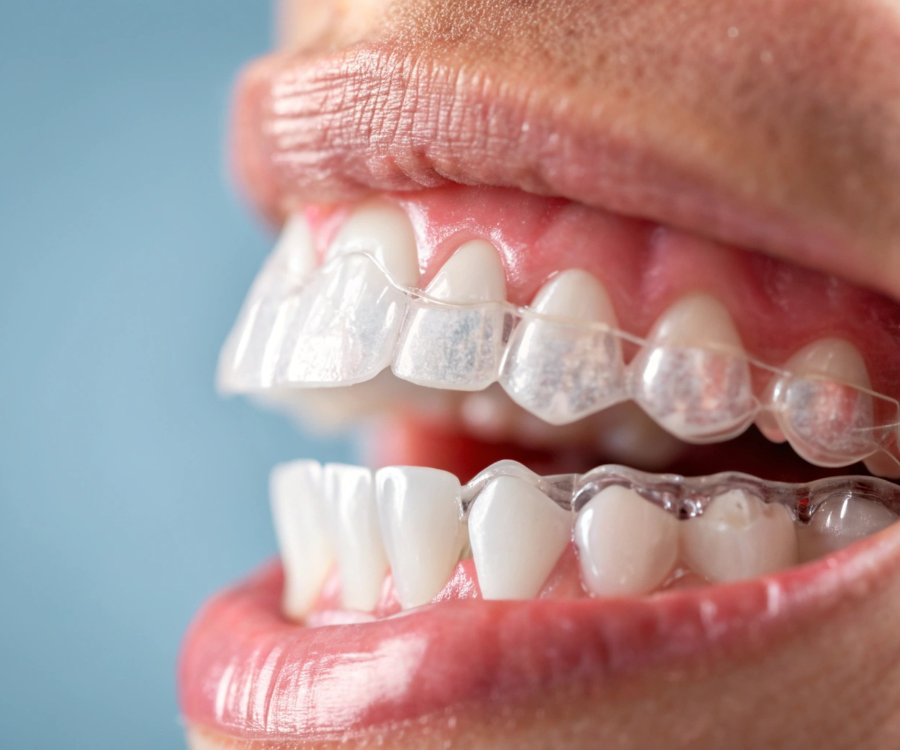Don’t Wait for the Teen Years: How Early Orthodontic Assessments Can Prevent Future Problems
Keywords: Early orthodontic assessment, interceptive orthodontics, child orthodontist, jaw growth, bite problems, overcrowded teeth, Phase I treatment, long-term dental health.
As a parent, you’re always looking ahead, from school choices to saving for college. But have you thought about your child’s future smile? Many people assume orthodontics is strictly a teenage rite of passage, complete with metal braces. However, taking a proactive step with an early orthodontic assessment can be one of the best investments you make in your child’s long-term health and confidence.
This isn’t just about aesthetics; it’s about setting the stage for optimal jaw growth and dental function. The American Association of Orthodontists (AAO) recommends a child’s first visit to an orthodontist should be no later than age seven. Here’s why this initial, often simple, evaluation is a game-changer for preventing major issues down the line.
The Magic Age of Seven: Why Timing Matters
By age seven, your child’s mouth is a mix of baby and permanent teeth. Crucially, the permanent molars and incisors have usually emerged. This is a vital window for an orthodontist to assess several key areas:
- Emerging Crowding: Is there enough room for all the adult teeth?
- Bite Alignment: How do the upper and lower jaws fit together? Are there signs of a crossbite, overbite, or underbite?
- Harmful Habits: Are habits like thumb-sucking or prolonged pacifier use impacting tooth and jaw growth?
At this age, the orthodontist is performing what’s often called interceptive orthodontics or Phase I treatment. The goal isn’t necessarily a full set of braces, but rather simple, timely interventions that can prevent a small problem from becoming a complex one later.
Five Ways Early Assessment Saves the Day
Early evaluation is a preventative measure that offers significant long-term dental health benefits:
1. Guiding Jaw Growth and Correcting Bite Problems
In a young, growing child, the jaw bones are still malleable. This is the perfect time to gently guide their development. Early orthodontic assessment allows the orthodontist to:
- Correct Crossbites: A simple expander can widen the upper jaw, preventing uneven tooth wear and promoting proper facial development.
- Address Severe Underbites or Overbites: Intervening early with appliances can guide the jaws into a more favorable relationship, potentially avoiding the need for extensive surgery later in life.
2. Creating Space and Preventing Extractions
One of the most common issues is overcrowded teeth. If the jaw is too small, the permanent teeth may not have room to erupt correctly, leading to impaction or the need for extractions later on.
- Interceptive orthodontics can create the necessary space, allowing permanent teeth to come in naturally and preventing complex, lengthy, and more expensive treatments during the teen years.
3. Addressing Harmful Oral Habits
Prolonged habits like thumb-sucking or tongue thrusting can severely push the front teeth forward or create an open bite (where the front teeth don’t meet). An early assessment identifies these habits and allows the child orthodontist to implement simple, non-invasive appliances that act as gentle reminders to stop the habit, mitigating long-term damage.
4. Protecting Teeth from Injury
Teeth that protrude significantly (buck teeth) are far more susceptible to chipping, breaking, or being knocked out in a fall or sports injury. Early treatment can move these teeth back into a safer position, protecting them and your peace of mind.
5. Simplifying and Shortening Future Treatment
If the orthodontist determines a child will need comprehensive treatment (braces) down the road, the Phase I treatment often acts as groundwork. By tackling major skeletal or spacing issues early, the later Phase II (full braces) is typically shorter, simpler, and more efficient. This saves you time, effort, and often, money.
Does Early Assessment Mean Immediate Braces?
Absolutely not! For the majority of children, the initial visit is purely observational. The orthodontist establishes a baseline, checks for developing issues, and may recommend a “watch and wait” approach, monitoring development with periodic appointments. Treatment is only initiated if a specific, developing problem would be easier to correct while the child is actively growing.
A Healthier Smile Starts Early
The importance of an early orthodontic assessment cannot be overstated. By seeing a child orthodontist around age seven, you are choosing a proactive approach to your child’s oral health. You are giving the specialist the best opportunity to work with nature, guiding jaw growth, simplifying treatment, and effectively preventing future, more severe bite problems and complications.
Don’t wait until all the adult teeth are in and all the problems are fully formed. Book that first visit today—it’s the first step toward a healthier, more confident smile that will last a lifetime.








